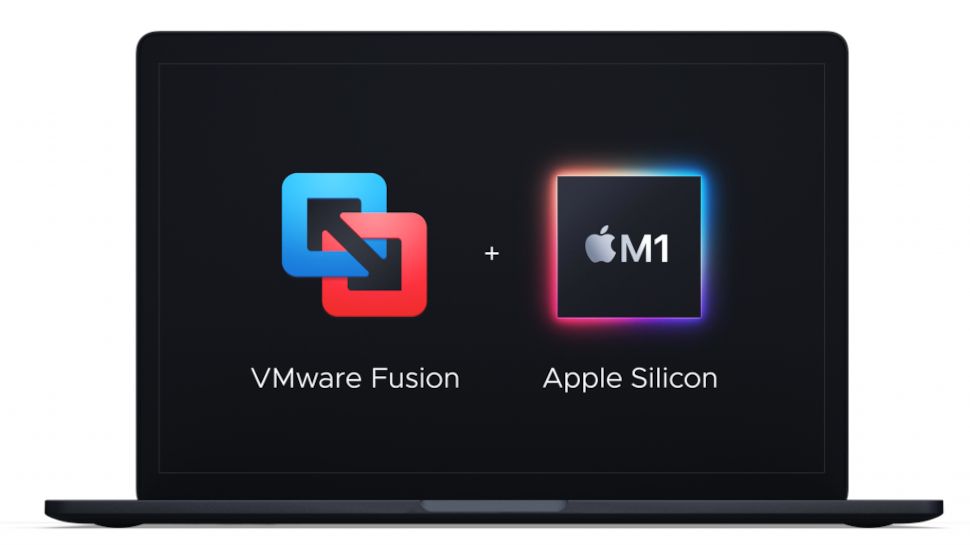
Unfortunately there is a catch, at least for Windows 10, I didn’t test other operative systems.
Vmware fusion m1 windows arm how to#
There is also a gallery page where you can get a good explanation about how to install different OS if you are not interested in Windows 10. The process to create a VM is more simple, for example to create a Windows VM you can take a look on the official website.

Vmware fusion m1 windows arm Patch#
drive file = "myPathHere/ubuntu-server.qcow2",if =virtio,cache =writethrough \īut wait where can I find a fork with this patch already installed ? ACVM already contains a QEMU build with this patch installed, there is also this link where you can find another fork (you can also find the link on this post). bios "/Applications/ACVM.app/Contents/Resources/QEMU_EFI.fd" \ For example this is the script that I used with Ubuntu Server: Running Linux and Windows on M1 with QEMUĭownload a QEMU fork (for those who don’t know what is a fork, it’s simply a copy of a repository) with Alexander Graf’s qemu hypervisor patch installed and launch the VM from the terminal always using QEMU (not the one installed with homebrew). How to run Windows 10 on ARM or Ubuntu for ARM64 in QEMU on Apple Silicon Mac Virtualize Windows 10 for ARM on M1 with Alexander Graf’s qemu hypervisor patch The following posts are outdated but they give a good overview about how to compile the source code of QEMU:

I made a video about the emulation with QEMU where I also talk about this issue, it’s probably caused by some wrong parameters used when the qemu-img command is executed.ĭo everything manually from compiling the QEMU source code to build the VM, there are many other posts where they teach you how to do this. The easiest option was to download this tool on Github and simply drag and drop the image and press start, pretty simple right ? Not really, I was only able to make the Windows ARM version work with this tool, for some reason it was not working with Ubuntu Server. We are going to analyze each tool in order to declare a winner.īefore the version 6.0.0 to make a VM work, you had different options: I was also curious about the new Apple M1 chip and from the moment it was released recently, I thought it was a good time to discover new features to help the community to use efficiently these Macbooks with the new chip. I always used PCs with Windows already pre-installed but I never tried a Macbook before.


 0 kommentar(er)
0 kommentar(er)
